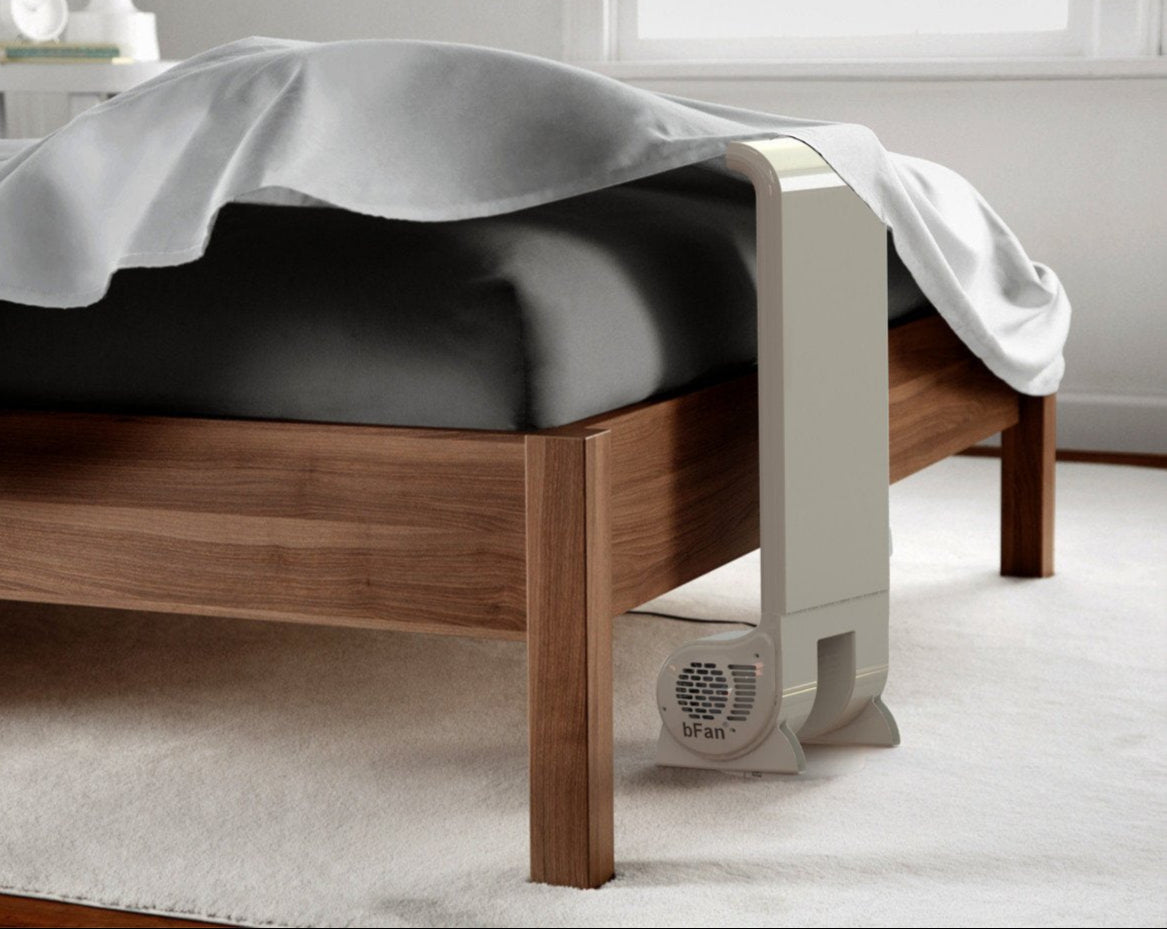Night Sweats and Itchy Skin
Night sweats and itchy skin without having a rash are two symptoms that are commonly associated with lymphoma. Night sweats are defined as excessive sweating which occurs at night, especially while sleeping. This sweating can result in soaked bed sheets and night clothes and occurs without outside influence from things like too many blankets or hot weather. Itchy skin is pretty straightforward as far as symptoms go.
Lymphoma is cancer that occurs in the body’s lymphatic system, which is the system that the body uses to fight off germs. It specifically occurs in the white blood cells of the lymphatic system called lymphocytes. The lymphatic system is made up of the spleen, thymus gland, bone marrow, and lymph nodes. Lymphoma can show up in all of those areas as well as other organs in the body. Lymphoma is also divided into two different types: Hodgkin Lymphoma and Non-Hodgkin Lymphoma.
There are two types of lymphocytes in the lymphatic system. T lymphocytes (T cells) come in many different types. Some T cells slow or boost the activity of other immune system cells and other T cells destroy abnormal cells or germs. The other type of lymphocyte is the B lymphocyte (B cells) which make proteins called antibodies to assist in protecting the body from viruses and bacteria. Hodgkin Lymphoma generally begins in B cells.
Hodgkin Lymphoma can develop in any of the body’s lymphatic tissue. It most frequently begins in areas of the upper body, such as the chest, neck, or under the arms. The lymphatic tissues in those areas are the adenoids, tonsils, thymus, and lymph nodes in the armpits. Hodgkin Lymphoma has two sub types, which are treated differently.
-
Classic Hodgkin lymphoma (cHL) is the most common, with 9 out of 10 cases of Hodgkin lymphoma being classic. The cHL cancer cells are called Reed-Sternberg cells, which are abnormal B lymphocyte cells. Classic Hodgkin lymphoma then has 4 sub types as well.
- Nodular lymphocyte-predominant Hodgkin lymphoma (NLPHL) is the second type and only occurs in 5% of cases. NLPHL cells are variants of the Reed-Sternberg cells, called popcorn cells (as they resemble popcorn).
-
Indolent lymphomas grow and spread slowly and may not need to be treated quickly, but instead can just be closely monitored.
-
Aggressive lymphomas grow and spread slowly and need to be treated very quickly.
- Other types of lymphoma don’t fit into either of these two categories
Now that the different types of lymphoma are understood, the symptoms can be examined. The most common symptoms are swollen lymph nodes, unexplained weight loss, fatigue, sweats, infections, fever, and itching. As noted, itching and sweats are two of the symptoms. The itching occurs due to cytokines, which the body’s immune system releases in response to lymphoma. These cytokines irritate nerve endings in the skin, which causes the itching sensation. Although doctors are not entirely sure why lymphoma causes sweating, it is likely because of the chemicals that the body releases in response to the lymphoma.
The BedFan is often used by people who are fighting lymphoma, as it provides great relief from the drenching night sweats that are so often experienced.Share

